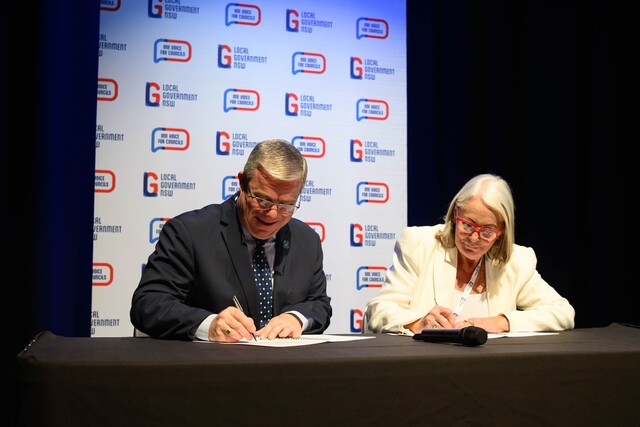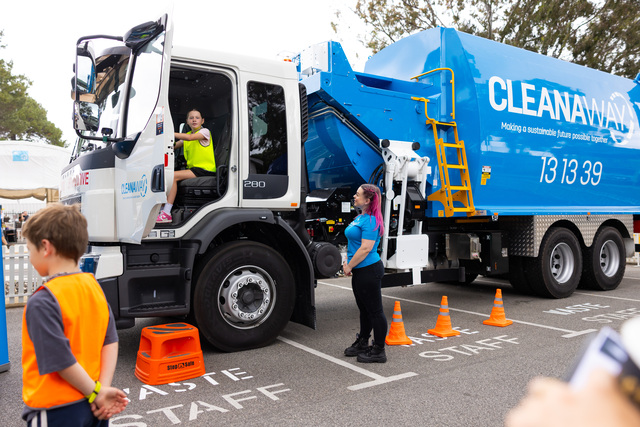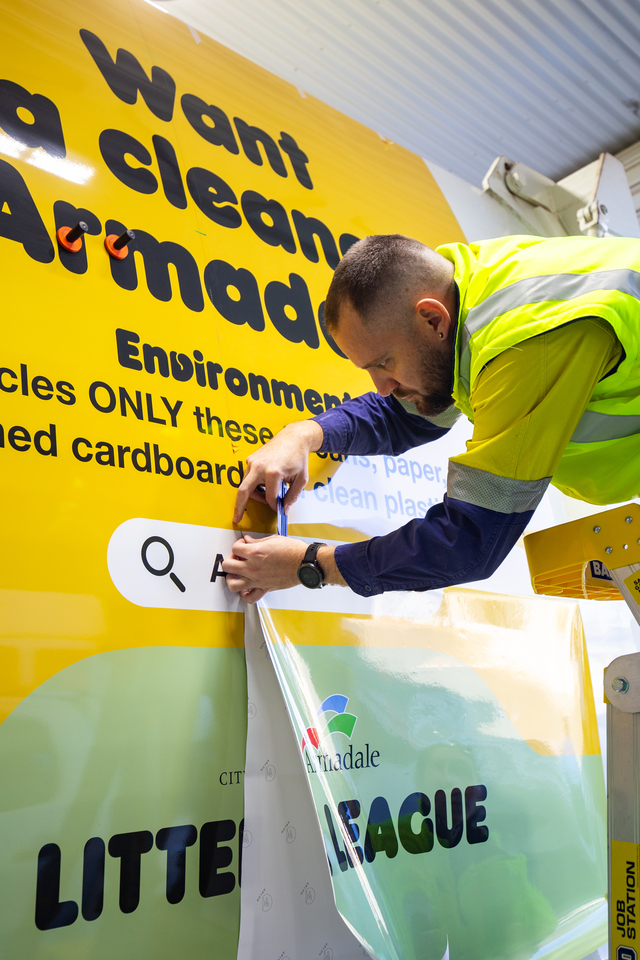The recent announcement that the Cities of Albury and Wodonga are set to join as the first ’national city’ in this our Centenary of Federation, was the outcome of yet another historic event – a joint meeting of the New South Wales and Victorian Cabinets, the first since the State border was established 150 years ago.
Given the Albury-Wodonga proposal makes long overdue good sense because, after all, why should a river get in the road, it further questions the relevance of states and state borders.
Yet, interestingly enough, national media coverage of the announcement, with the two Premiers posed for photographers under their respective half of the border sign, gave little heed to the involvement of the two City Councils and even more so their local communities.
Sure comments were sought from both Mayors, who gave wholehearted support for the proposal, but it seems that the ‘how’ of this proposed merger is to be decided at State Government level and then later handed over to Local Government to make it work.
With a population of around 80,000, the new city will become our fourth largest inland centre after Canberra, Toowoomba and Ballarat. In addition to the one Council, merged health and education services are also planned.
It appears that a working group on Albury-Wodonga will be established to devise a plan for a joint city by October. However, care must be taken to ensure that the communities involved are very much part of this process.
Central Governments’ top down approach to Local Government and local communities is not new both here and overseas.
Although it is widely recognised that all spheres of governments have come in for some stick lately, as communities react to the excesses of economic rationalism, President of the Local Government Community Services Association Australia, Jenny Merkus, is probably right when she says that Local Government in Australia is not as damaged as the other spheres (see page 1). The question is how to maintain and build on this situation.
As the forces of a global economy have impacted on communities ‘local’ has become more important. In many ways Local Governments have marshalled this sentiment, working with their communities to build a better future.
But like its counterparts at state and federal level, Local Government is constantly at risk of alienating its residents.
In a series of articles in The Guardian during March, titled ‘The Common Good’, Roy Hattersley looked at the health of Local Government in the UK in the aftermath of the Thatcher reforms and more recently under Tony Blair’s New Labour.
Unfortunately, the excesses of the drive for greater efficiencies, the creation of much larger more remote Councils, coupled with increased responsibilities passed to Local Government by Central Government without commensurate financial support, has greatly undermined Councils in the UK.
With the rules, tests and checks imposed by both Conservative and Labour Governments to guarantee local implementation of national policy, Hattersley argues that UK Councils have become agents of the central government.
He says that polls confirm that although Council services are highly valued, Councils themselves are regarded with little respect.
Further he describes the Blair Government’s push for ‘cabinet style’ Local Government, creating an inner executive, where Councillors not included in the inner circle would ‘probe’ cabinet decisions, as yet another element in ‘the democracy bypass’.
With the push by central governments for greater efficiencies, Local Government everywhere is at risk of losing what they are there for in the first place – meeting the needs and aspirations of local communities.
Building better communities means empowering local people, a bottom up approach that brings ownership and inclusiveness with Council as the facilitator in bringing all stakeholders together in community development.
Whatever the outcome for the joint City of Albury-Wodonga, greater efficiency is fine so long as local ownership and input is not lost along the way.







